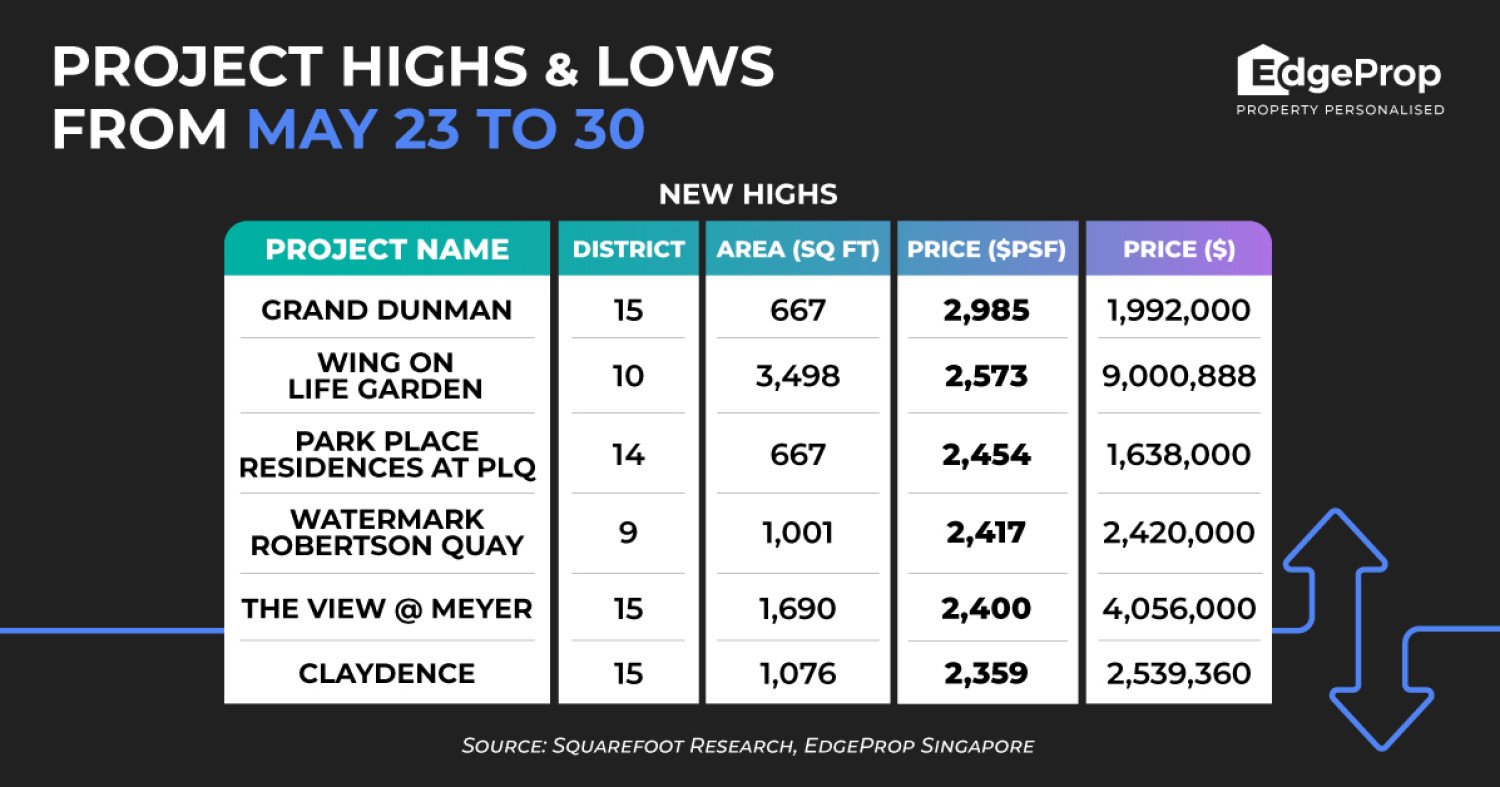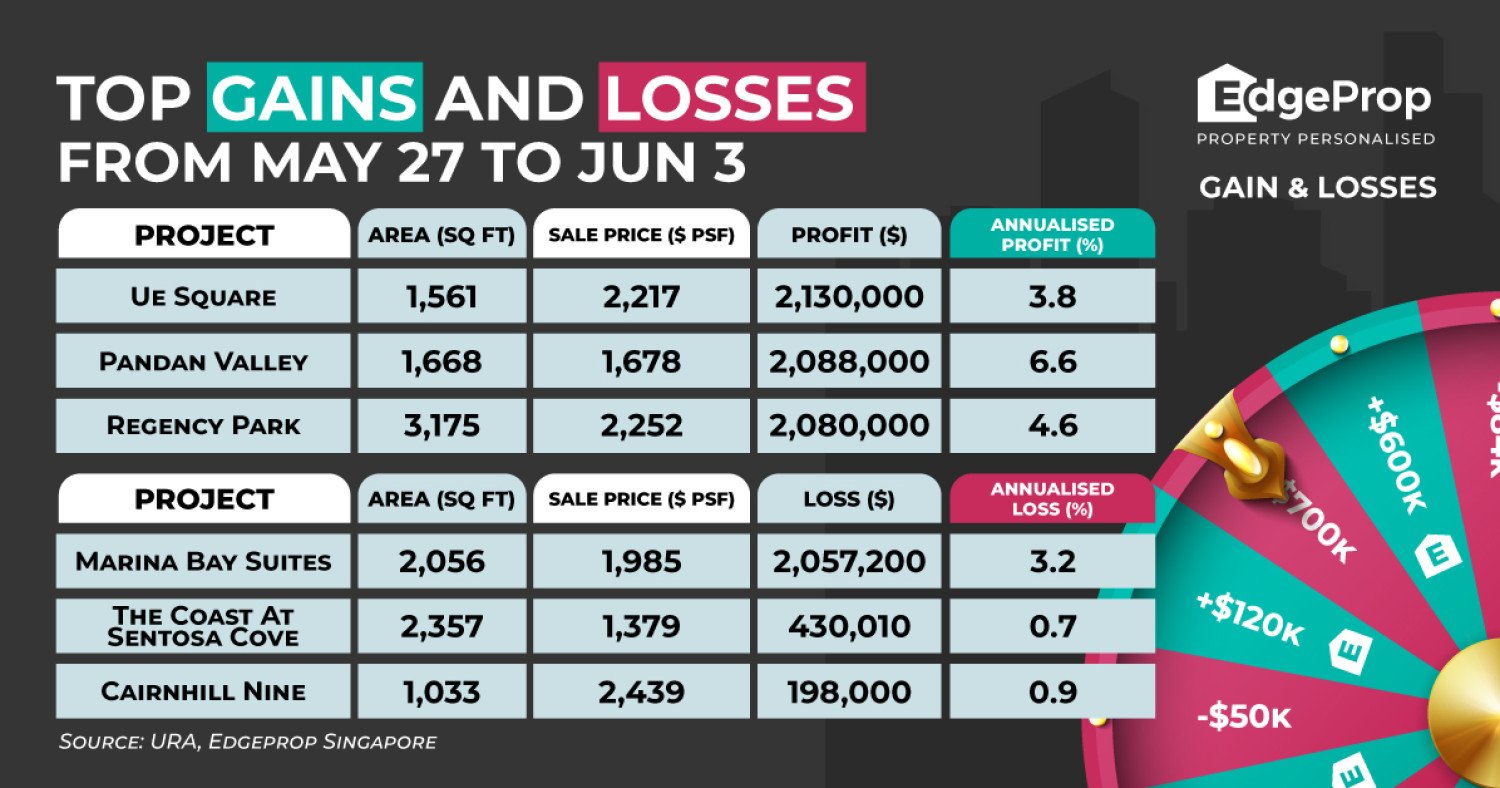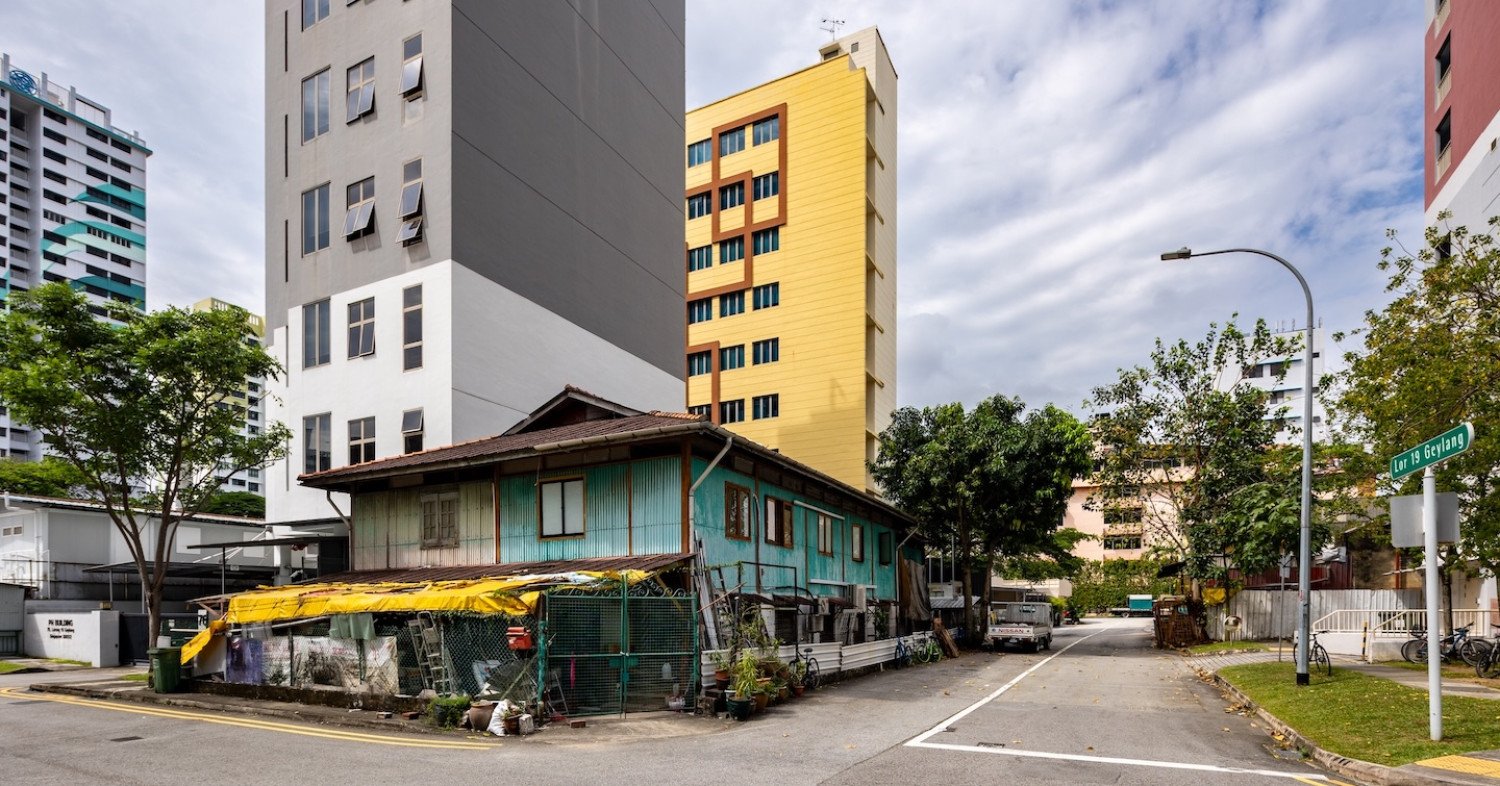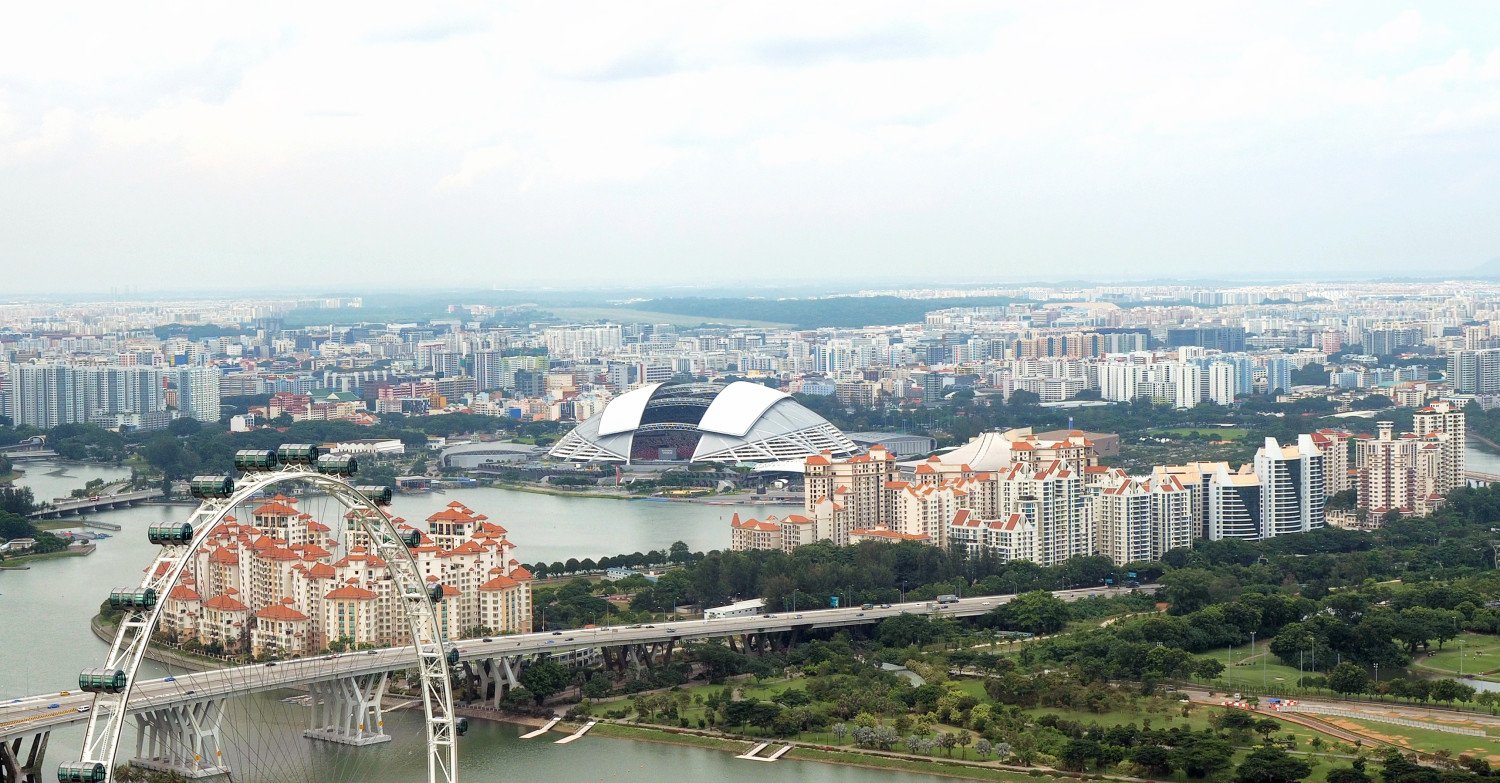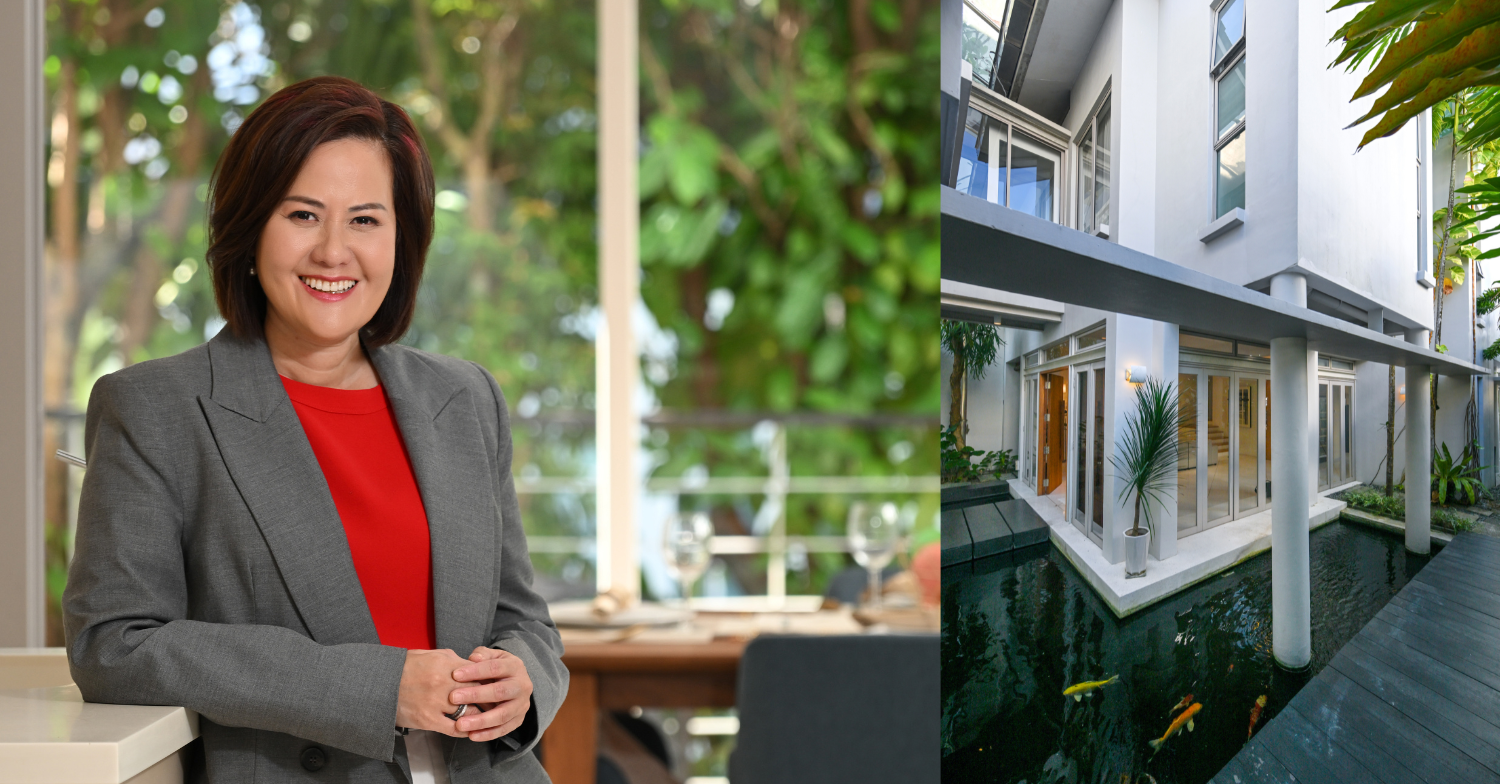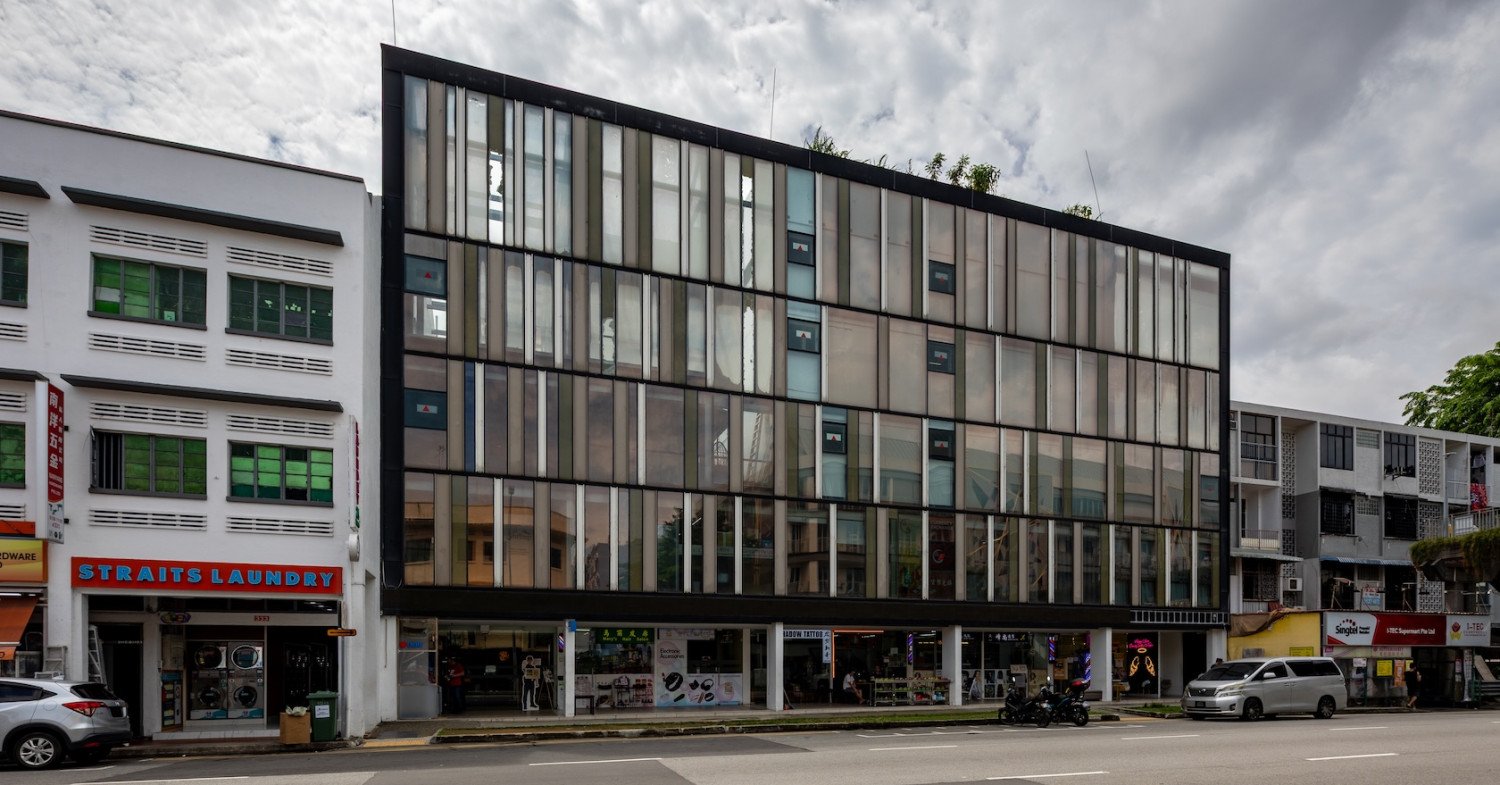
Lease decay gained attention in March 2017 when the Minister for National Development highlighted that flat prices will decline as leases shorten, particularly toward the end of their lease terms.
Housing and Development Board (HDB) flat owners were concerned because the Minister stated that for most HDB flats, the leases will eventually expire and the flats will be returned to the HDB, which, in turn, will surrender the land to the state.
The basis for this was likely the Singapore Land Authority (SLA) Leasehold Table, commonly referred to as Bala’s Table in the industry. The table shows the value of a parcel of land with different numbers of years remaining on its lease.
For example, a piece of land with 80 years remaining on its lease would be valued at 91.0% of its freehold value. At the halfway mark of a 99-year lease, the value will go down to 74.7%. The value of leasehold land will drop to 54.6% with 25 years remaining, a faster rate of depreciation compared to when the lease remaining was longer. At the end of the 99-year lease, the value of the land will be zero.
A case in point would be the return of the 60-year leasehold land occupied by 191 terraced houses at Lor 3 Geylang to the SLA on Dec 31, 2020.
Despite this, some buyers appeared surprisingly indifferent. An estimated 39 paid $1 million or more for four-room and larger HDB flats, while another 18 buyers crossed the $1 million mark for the three-room terraced units.
These HDB flats, all located in mature estates, were more than 40 years old at the time of sale, the bulk of which took place in 2023. Among them was a 50-year-old, four-room adjoining flat at Moh Guan Terrace, located in the conserved part of Tiong Bahru, which was sold for $1.5 million in 2023. Meanwhile, a 52-year-old, three-room, terraced flat at Jalan Ma’mor in Kallang/Whampoa HDB town went for $1.568 million.
Were these buyers unconcerned about lease decay?
A 50-year-old, four-room adjoining flat at Moh Guan Terrace, located in the conserved part of Tiong Bahru, which was sold for $1.5 million in 2023 (Photo: Samuel Isaac Chua/EdgeProp Singapore)
Methodology
Huttons Data Analytics deep-dived into the transaction data on older HDB flats to study the effects of lease decay, if any, on HDB resale flat prices.
Huttons Data Analytics adopted a panel analysis methodology which combined time series and cross-sectional data.
Flats with lease commencement dates from 1966 to 1970 were grouped into one dataset, while those from 1971 to 1980 were grouped into the next. The flats were further segregated into different types — one-room, two-room, three-room and so on.
By doing so, the same set of flats will be analysed over time to see their performance. It assumes that flats built during a specific period will share similar attributes.
To control for the effects of building heights, the upper bound of the transacted prices was not considered. It was because the transacted prices would be higher for flats on the upper floors. It can also pull up the average transacted prices.
Is lease decay irrelevant?
If there were concerns over lease decay, it should be captured in the demand and transaction price of the flats as they aged.
For flats with leases commencing from 1966 to 1970, it was evident that the demand fell as the flats aged.
For example, 1,625 two-room flats, which were 21 to 30 years old, were sold. As these flats moved into the next age band of 31 to 40 years old, 1,292 flats were sold. The transaction volume continued to decline.
However, this may be due to policy changes, such as limits on the use of CPF monies, if the remaining lease of the flats was unable to cover the youngest buyer until the age of 95.
The supply of newer two- to four-room flats has increased over the last 10 years, offering buyers more choices and potentially affecting the demand for older flats.
The prices of these older flats may have been affected by lower demand.
Take the three-room flats, for example. The lower bound price of a 20-year-old to 30-year-old, three-room flat was $7,500. Even as the three-room flat aged, there were still substantial gains of more than $60,000 in the lower bound price in the next age band.
The gains in the lower bound price were higher by $67,000 when these three-room flats were between 41 and 50 years old. But these gains slowed to $45,000 once the age crossed the 50-year mark.
Five-room flats tend to defy ageing better than other room types.
From a lower bound price of $30,000 for a 20-year-old to 30-year-old five-room flat, the lower bound price jumped by $120,000 in the next 10-year period. The 41-year-old to 50-year-old five-room flats continued to see an increase in the lower bound prices by an impressive $180,000.
The same analysis was applied to the next dataset of flats with leases commencing from 1971 to 1980.
Lower demand was observed across all flat types as they age, a trend similar to that in the earlier dataset.
However, these flats witnessed better price gains even after they crossed the 50-year mark.
For example, the lower bound price of a 21-year-old to 30-year-old three-room flat was $17,000. The lower bound price increased to $75,000 when the three-room flat was occupied by a 31-year-old to 40-year-old, representing a gain of $58,000. The gain in price was $65,000 in the next age band of 41- to 50-year-olds and $89,000 for three-room flats more than 50 years old.
Similarly, for five-room flats, the lower bound gain for the 31-year-old to 40-year-old flats was $100,000 more than the 21-year-old to 30-year-old flats. It increased to $130,000 in the next age band, from 41 to 50 years old, and to $350,000 for five-room flats more than 50 years old.
HDB built a unique class of flats in the early days — terraced three-room flats.
These HDB terraced flats were not much different from the private landed terraced homes, except that they lacked parking spaces. They are also significantly larger than the typical three-room flats, with transacted sizes ranging from 107 sq m (1,152 sq ft) to 367 sq m (3,950 sq ft).
As these terraced flats were two-storey in height, the average transacted price offered a good comparison.
Due to their uniqueness, buyers were willing to pay a premium for these terraced flats.
There was a substantial increase in the average prices of the terraced flats across all age bands.
HDB built a unique class of flats in the early days — terraced three-room flats. The HDB terraced houses at Jalan Bahagia in the Kallang/Whampoa area have since been torn down (Photo: Albert Chua/EdgeProp Singapore)
Mixed results
The evidence on lease decay was mixed. While the demand for older flats has decreased for older flats, the same cannot be said for their prices.
These older flats continued to command reasonable prices in the resale market. Possible reasons could be due to their location, flat sizes, government policies and market conditions.
Some of these older flats may be located in the town centre, near amenities such as MRT stations, malls and hawker centres, thereby increasing their appeal and prices.
These older flats were larger in size, with some five-room flats measuring as big as 138 sq m, compared to the typical 110 sq m offered in BTO projects.
Government policies, such as the limits on the usage of CPF monies for older flats and the construction of more five-room flats in non-mature estates, influenced the movement of prices for older flats.
The HDB resale market has had an excellent run, with prices up by more than eight times since 1990. As the saying goes, a rising tide lifts all boats. Thus, lease decay may have a lesser influence.
That said, owners of older flats need to be mindful that as the lease of the flat runs down, the pool of buyers will become smaller and with that, future price growth may be affected.
Lee Sze Teck is the senior director of data analytics & research, Huttons Asia


